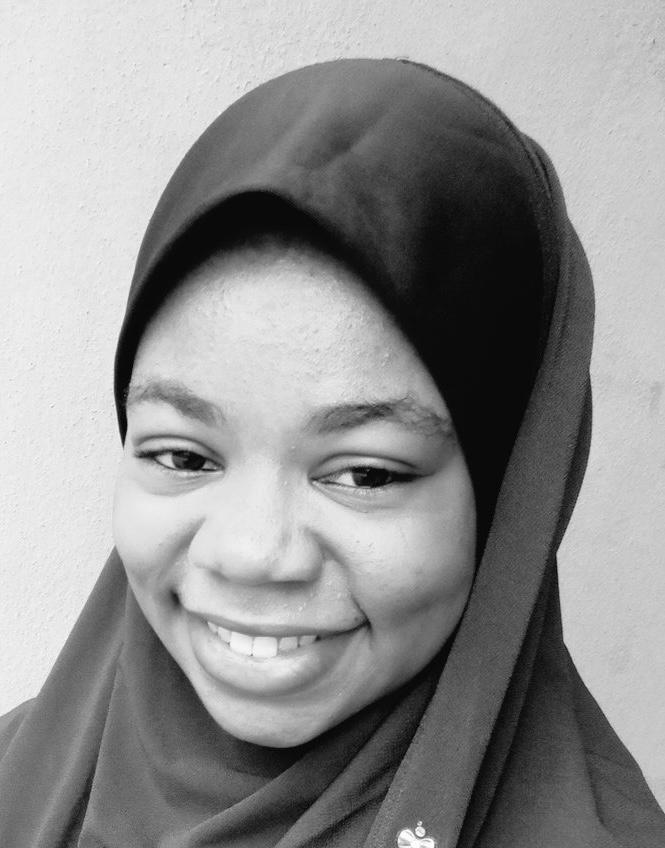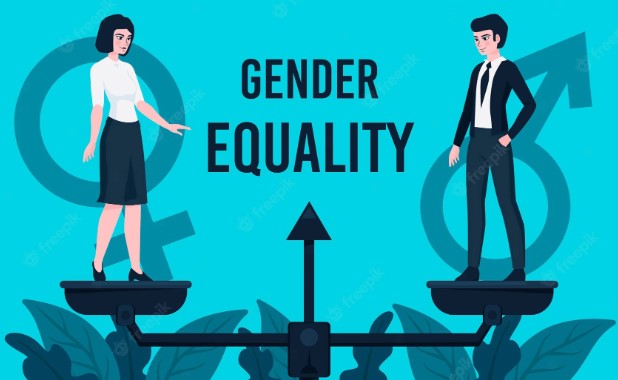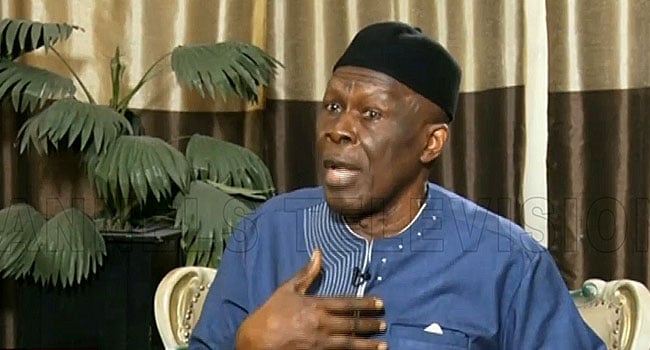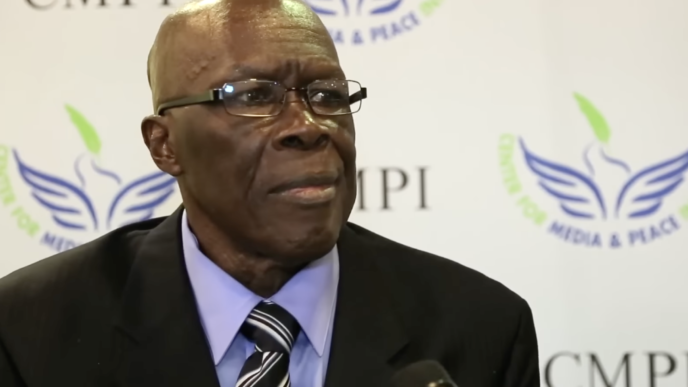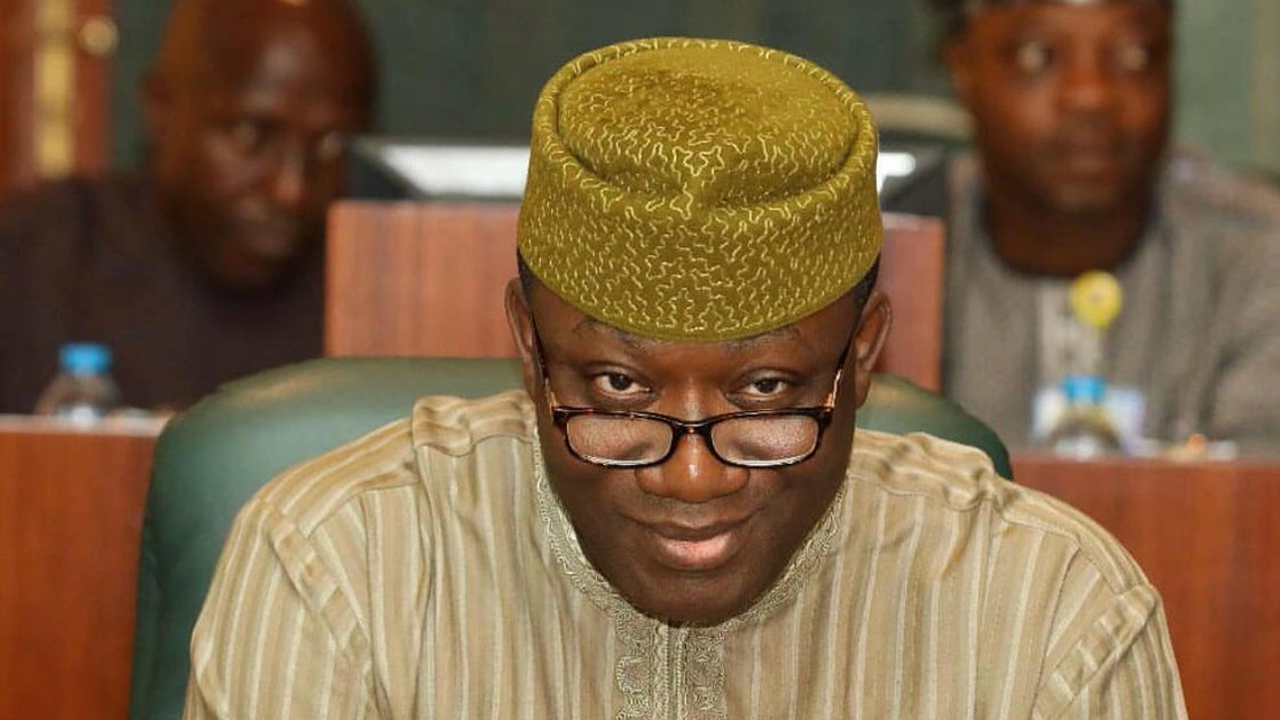Nigeria has been ranked 124th out of 148 countries in the 2025 global gender gap index.
The report was first introduced by the World Economic Forum in 2006 to benchmark progress towards gender parity across four areas — economic opportunities, education, health, and political leadership.
The 19th edition published June 11, noted that there is still a combined global average gender gap of over 30 percent. It said considering the speed of progress of the set of 100 economies covered continuously since 2006, it will take 123 years to recah full gender parity globally.
Listed as one of the ten most populous countries in the survey, Nigeria closed 64.9 percent of its overall gender gap, losing one rank compared to the 2024 edition of the index.
Advertisement
The index measures scores on a 0-1 (imparity—parity) scale, out of which Nigeria got 0.649 points.
According to the report, Nigeria recorded improved scores in economic participation and opportunity, and its indicators — parity in labour-force participation and income parity.
The report noted that though these development place Nigeria on an “encouraging trajectory for workforce parity”, the country’s performance however fails to advance in the other three subindexes.
Advertisement
Nigeria’s most significant regression occurred in political empowerment (-2.9 points) due to “diminished representation of women in ministerial positions, which declines from 17.6% in 2024 to 8.8% in 2025″.
“Globally, women remain significantly underrepresented in key positions of political power. Data from the Inter-Parliamentary Union (IPU) shows that in 2025, women serve as parliamentary speakers in 61 of the 187 parliamentary chambers tracked – fewer than one-third globally,” the report says.
“As an indicator for women’s representation in parliamentary leadership, this number shows that while it has been nearly a century since a woman first held the role of parliamentary speaker in 1927, appointments have only become more frequent in recent decades.
“Data from UN Women further shows that women in cabinet positions are still most commonly appointed to portfolios related to gender, health and social affairs, while they remain underrepresented in ministries that shape economic strategy, defence and infrastructure.”
Advertisement
With Iceland topping the charts at 92.6 percent gap closure, no economy has achieved full gender parity yet. The European country has led the Global Gender Gap Index for 16 editions and is the only economy that has closed the gap by over 90 percent to date.
Pakistan comes last at 56.7 percent, closely followed by Sudan 57.0 percent.
Sub-Saharan Africa, comprising 36 economies, ranks sixth among the eight regions in the report, with an overall gender parity score of 68.0 percent. Since 2006, the region has improved its parity score by 5.6 percentage points.
Namibia is the highest ranked country on the region with a 81.1 percent score. It is placed eight globally and is the only sub-Saharan African economy in the global top 10 this year.
Advertisement
Since the report’s inception, Namibia has featured in the top 10 six times. Nigeria sits on the 30th position in the region.
‘WOMEN MORE LIKELY TO ENROL IN TERTIARY EDUCATION, OUTLIVE MEN’
Advertisement
The report says while its primary focus is how close women are to reaching parity with men, “it is noteworthy that in 109 of the economies covered in the 2025 edition, women are more likely than men to enrol in tertiary education. This includes all economies in Europe and Northern America”.
The report, however, noted an increase in years of schooling has not necessarily translated into improved labour-market outcomes for women.
Advertisement
“Among the high-income economies covered in this edition, all have closed at least 99% of the gender gap in education, yet none have closed more than 85% of their economic gender gap,” it reads.
The report further said that based off the 2025 index, women are still projected to enjoy a longer healthy life expectancy than men in 130 out of 148 economies surveyed.
Advertisement
“However, the gender differences in healthy life expectancy have narrowed in a majority of economies with data available in both the 2006 and 2025 editions,” the report reads.
“While overall life expectancy by gender has remained more stable than healthy life expectancy, and women continue to outlive men,3 this indicates that the proportion of women’s lives spent in full health has declined relative to men.”
The report emphasised that achieving gender parity requires strong frameworks and the effective use of available resources.
The report added that when essential support systems such as policies, services, and budgets are absent, inadequate, or inconsistent, progress is stalled.
